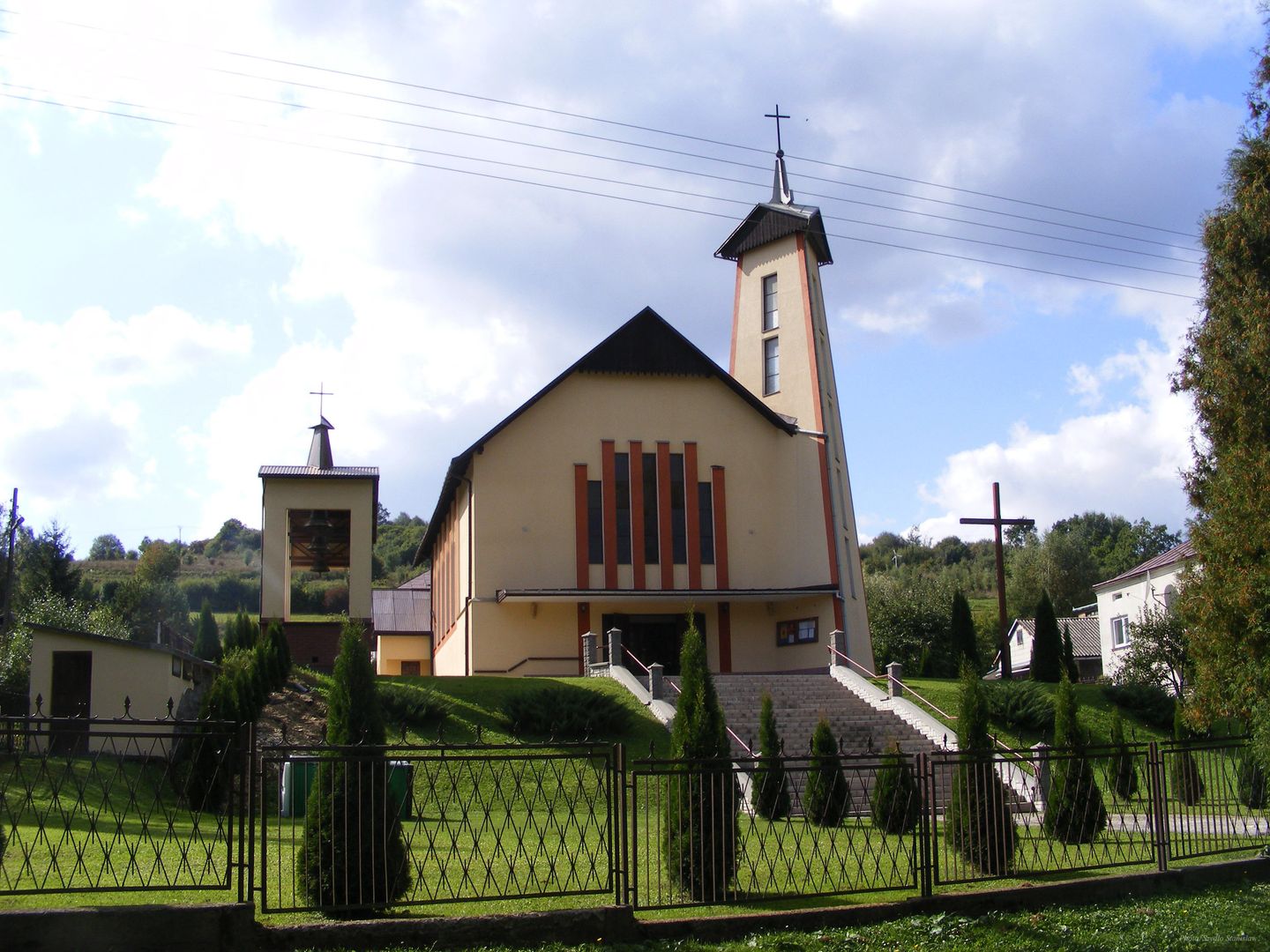Lubatówka
6.81

Overview
Lubatówka is a village in the Podkarpackie Voivodeship, known for its picturesque location in a gorge on the Lubatówka River and the surrounding hills, such as Góra Winiarska and Góra Pachanowa. Historically tied to the Sanok region, the village has a rich history dating back to the 14th century, when it served as an important point on the border between Poland and the Principality of Halych. Lubatówka underwent numerous administrative changes and was part of the Krosno Voivodeship from 1975 to 1998. The terrain and biodiversity make the village surrounded by a mixed Carpathian forest, where native tree species like beech, fir, oak, and pine can be found, along with wildlife including wild boars, roe deer, and lynxes. Additionally, the village is known for its iodine-rich springs, attracting tourists seeking natural treatments. A mountain stream flows through Lubatówka and into the Wisłok River. In the 17th century, the village suffered from invasions and wars, including Tatar raids and the Swedish Deluge. After the partitions of Poland, it was incorporated into Austria, leading to a period of Germanization and significant socio-economic transformations. After World War II, infrastructure developed intensively, including electrification and the construction of schools. Lubatówka also had a saltworks, which since 1976 has produced the well-known Polish Iwonicz salt, and the village gained access to gasification. Architecturally, the village features typical rural buildings, and in 1971, a church was built, consecrated in 1986 by Bishop Ignacy Tokarczuk. Notable historical residents of Lubatówka include Kazimierz Chłędowski, a historian and novelist, and Jan Szczepanik, the inventor of television. Today, Lubatówka is a dynamically developing community where tradition meets modernity, and the local population cherishes its identity and cultural heritage.
Location
2025 Wizytor | All Rights Reserved